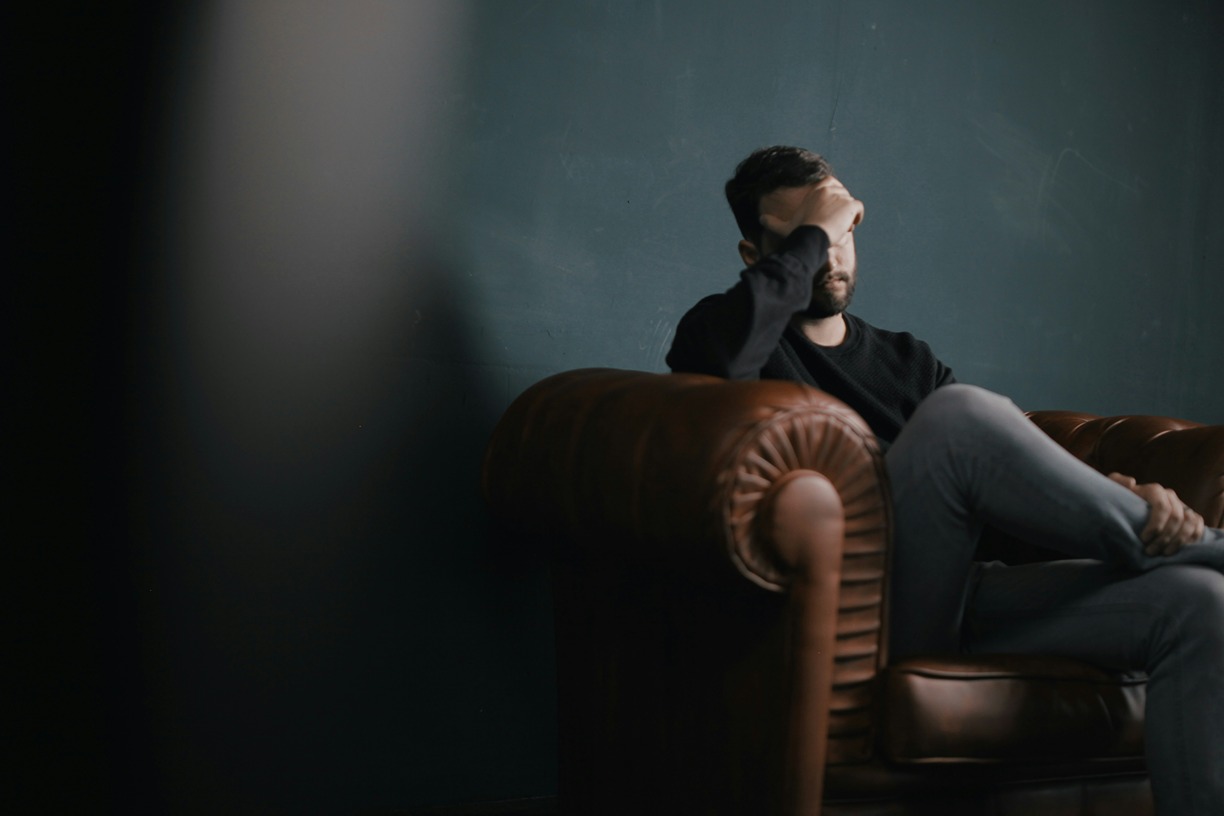Anxiety disorders are among the most common mental health conditions, affecting millions of people worldwide. Anxiety is a natural response to stress or perceived danger, but when it becomes overwhelming and persistent, it can interfere with daily life. Understanding the different types of anxiety can help individuals recognize symptoms, seek appropriate treatment, and manage their condition more effectively. Here’s a closer look at the various types of anxiety:
Generalized Anxiety Disorder (GAD)
Generalized Anxiety Disorder involves chronic anxiety, worry, and tension, even when there is little or nothing to provoke it. People with GAD often find it difficult to control their worries and experience anxiety on most days for at least six months.
Symptoms of GAD
- Persistent and excessive worry about various aspects of life, such as work, health, or relationships
- Restlessness or feeling on edge
- Difficulty concentrating or mind going blank
- Muscle tension and physical discomfort
- Irritability
- Sleep disturbances
Panic Disorder
Panic Disorder is characterized by sudden and repeated panic attacks—episodes of intense fear and discomfort. These attacks can occur without warning and without any obvious trigger, causing significant distress and impacting daily activities.
Symptoms of Panic Disorder
- Recurrent and unexpected panic attacks
- Intense fear and discomfort that peak within minutes
- Physical symptoms such as heart palpitations, sweating, trembling, shortness of breath, and chest pain
- Fear of losing control, going crazy, or dying
- Avoidance of situations where panic attacks have occurred
Social Anxiety Disorder (Social Phobia)
Social Anxiety Disorder involves a fear of being scrutinized or judged by others in social or performance situations. This fear can lead to avoidance behaviors, which can significantly impact personal and professional life.
Symptoms of Social Anxiety
- Intense fear of social or performance situations
- Worry about being judged, embarrassed, or humiliated in social interactions
- Avoidance of social situations or enduring them with intense fear
- Physical symptoms such as blushing, sweating, trembling, nausea, or difficulty speaking
Specific Phobias
Specific Phobias are characterized by an intense fear of a particular object or situation that is disproportionate to the actual danger it poses. The fear and avoidance behaviors can interfere with daily activities and quality of life.
Symptoms of Specific Phobias
- Intense and irrational fear of a specific object or situation (e.g., heights, animals, flying)
- Avoidance of the feared object or situation
- Immediate anxiety response when exposed to the feared object or situation
- Physical symptoms such as sweating, rapid heartbeat, or dizziness
Obsessive-Compulsive Disorder (OCD)
Obsessive-Compulsive Disorder involves unwanted and intrusive thoughts (obsessions) and repetitive behaviors or mental acts (compulsions) that individuals feel driven to perform. These behaviors are often performed to alleviate the distress caused by obsessions but can become time-consuming and interfere with daily life.
Symptoms of OCD
- Obsessions: Repeated, persistent, and unwanted thoughts, urges, or images that cause distress
- Compulsions: Repetitive behaviors or mental acts performed to reduce the distress caused by obsessions (e.g., hand washing, checking, counting)
- Significant time spent on obsessions and compulsions, impacting daily functioning
Separation Anxiety Disorder
Separation Anxiety Disorder is common in children but can also affect adults. It involves excessive fear and anxiety about being separated from attachment figures, leading to significant distress and avoidance behaviors.
Symptoms of Separation Anxiety
- Excessive fear or anxiety about being separated from attachment figures, such as parents or caregivers
- Persistent worry about losing the attachment figure or harm coming to them
- Reluctance or refusal to go out, go to school, or be alone due to fear of separation
- Physical symptoms such as headaches, stomachaches, or nausea when separation is anticipated
Get Help for Anxiety in Birmingham, AL
Anxiety disorders encompass a range of conditions, each with its own unique combination of features and symptoms. By understanding the different types of anxiety, individuals can recognize their symptoms and get the help they need. With proper treatment and coping strategies, it is possible to manage anxiety and lead a fulfilling life.
If you or someone you know is struggling with anxiety, please contact us today to learn more about therapy for anxiety.







